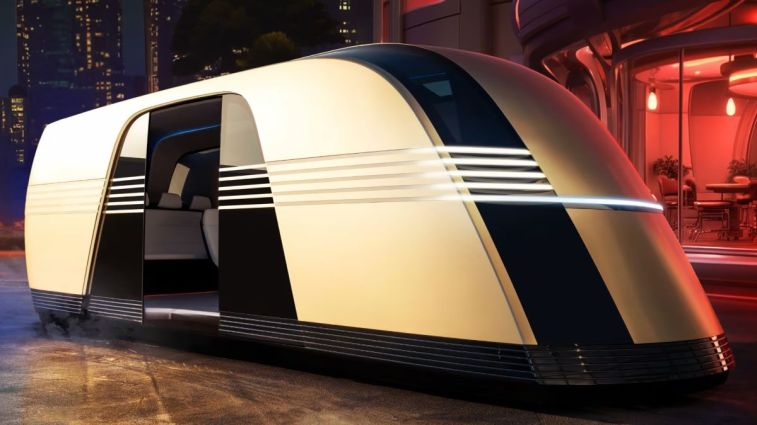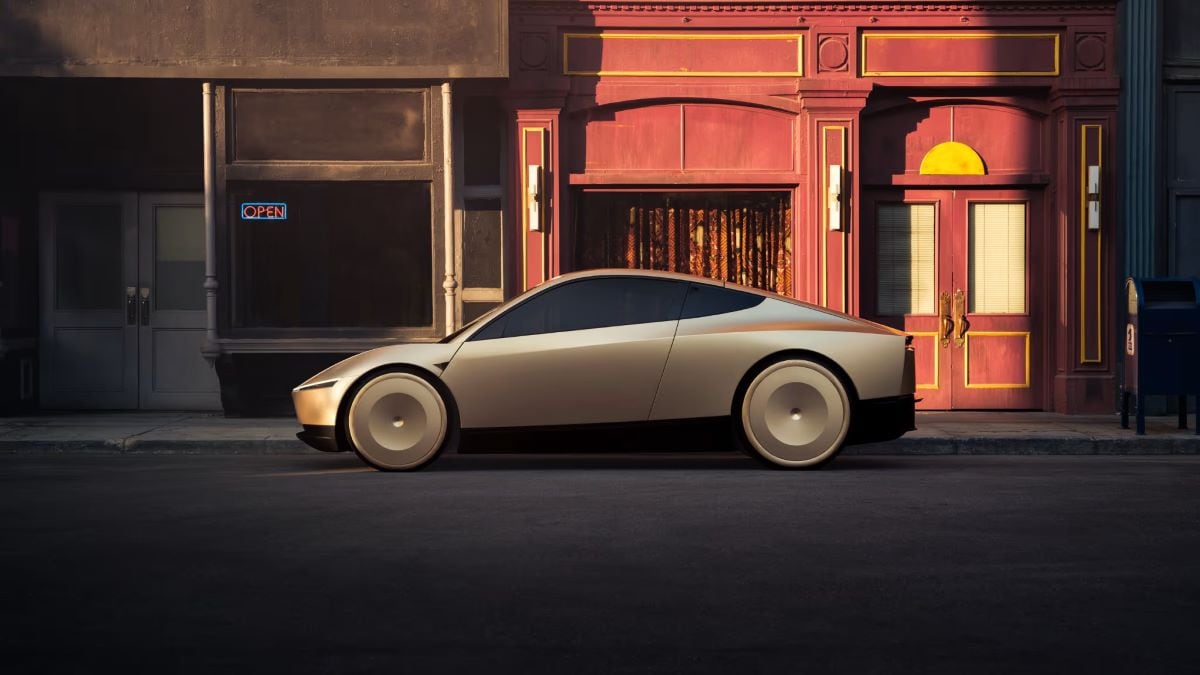Tesla revealed nearly two dozen prototypes of its new Robotaxi tonight at an event dubbed “We, Robot.”
Tesla CEO Elon Musk took the stage via a lengthy ride around a stage set built to resemble a city. There were theatrical obstacles. The crowd cheered. Guests at the event were later invited to take rides around the set in the self-driving Robotaxis.
The Robotaxis continued to circulate around the set, hosted at a Warner Bros. facility in Los Angeles, while Musk spoke. Alongside the Robotaxi, Musk debuted the Robovan, although less was said of this larger robotaxi format.
Musk pitched the “cybercab” as a potential investment, with “shepherds” keeping “flocks of cars.” He also said it would cost “less than $30,000.”
At one point Musk even said the Robotaxi would somehow result in the replacement of urban parking lots with parks. “We’re taking the ‘-ing lot’ out of ‘parking lot,’” Musk said.
Musk mentioned the Robotaxi’s self-driving ability could also be added to the Model 3 and Model Y.
Robotaxi production could begin as soon as 2026, or “at least before 2027,” according to Musk, who noted that he tends to be optimistic about timelines.
A Long Road to Truly Self-Driving Teslas
A decade ago, Tesla had a lead in the development of self-driving cars. Since then, CEO Elon Musk has made numerous promises, but a fully hands-off product hasn’t (yet) materialized, at least beyond prototypes on Hollywood stages.
Competitors like Google’s Waymo and General Motors’ Cruise have made leaps forward in the interim. But still, none have seen runaway success.
Waymo’s service has been operating for years and currently is launching its sixth generation of self-driving vehicles.
The company recently said that it operates about 700 vehicles and 100,000 paid driverless rides per week across its operations in San Francisco, Los Angeles, and Phoenix, Arizona.
GM’s Cruise service has operated driverless taxis since 2021 and paid driverless taxi rides since 2022. In October 2023, however, the company’s driverless taxi operation license was suspended due to concerns about the cars’ safety.
Since May, Cruise vehicles have been back on public roads in California pending further investigation by the National Highway Traffic Safety Administration (NHTSA). Cruise also operates vehicles in Phoenix, and Austin, Texas.









